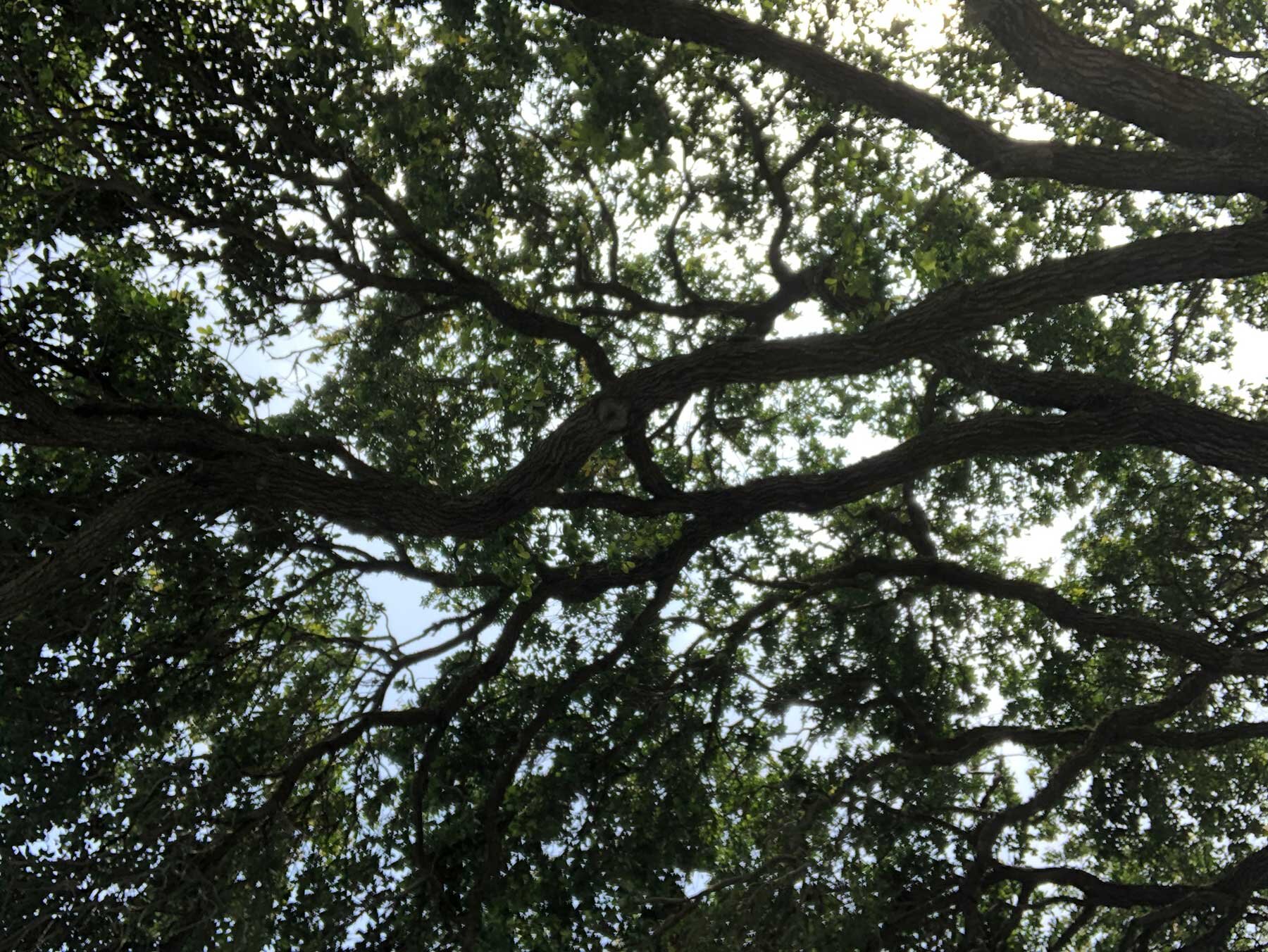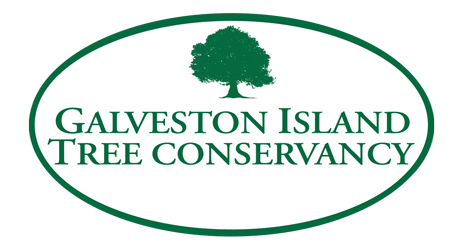
A Brief History
A Brief History
On September 12-13, 2008, Hurricane Ike hit Galveston with 110-mph winds and a 15-foot storm surge. In addition to flooded homes and businesses, many of the city’s historic trees were damaged or destroyed. While initial damage assessments were limited to toppled trees, it quickly became apparent that almost all trees in Galveston had been exposed to excessive salt — either from wind-borne salt spray, the storm surge or both. Within weeks, most trees lost their leaves With the exception of palms, few species were spared.
Tree Removal
In April 2009, the Texas Forest Service (TFS) and Galveston County Master Gardeners evaluated a sample of street trees to determine the extent of the salt poisoning. The results: an estimated 10,840 dead and dying trees of all sizes on city right-of-ways (ROW) and as many as 30,000 dead trees on private property.
This study led to a cooperative effort between TFS, the Federal Emergency Management Agency (FEMA) and the city to identify and remove all dead and dying trees on public property. In June and July, teams of TFS foresters and FEMA inspectors surveyed city streets, parks and public building sites for dead and dying trees, marking those deemed unlikely to survive. Crews paid special attention to live oaks, allowing those trees with at least one-third of their canopies to remain. A total of 4,636 trees were marked for removal from public property.
Another study conducted by TFS compared aerial images of Galveston Island before and after the hurricane. By mapping tree canopies that existed in 2008 and comparing them to imagery from June 2009, foresters could assess canopy loss and estimate the likelihood of survival for each tree. The map shown in Figure 1 is not a map of trees removed, but rather an estimate of the total tree canopy loss caused by Hurricane Ike. Results show that 39% of trees — and more than 47% of canopy cover — was lost following the storm.
Creation of the Conservancy
Although cutting down the Island’s trees was heartbreaking, most Galvestonians appreciated the removal of dead trees from their parks and streets. Many also participated in a program to remove dead trees on private property. But there was resistance among some residents to removing trees with even the slightest evidence of life. This passion for saving trees led not only to closer reviews of the oaks slated for removal along Broadway, but to a major effort to replant the city. The creation of a Tree Committee by city council and the work of the new Galveston Island Tree Conservancy (GITC) set the stage for the development of a five-year strategic plan.

